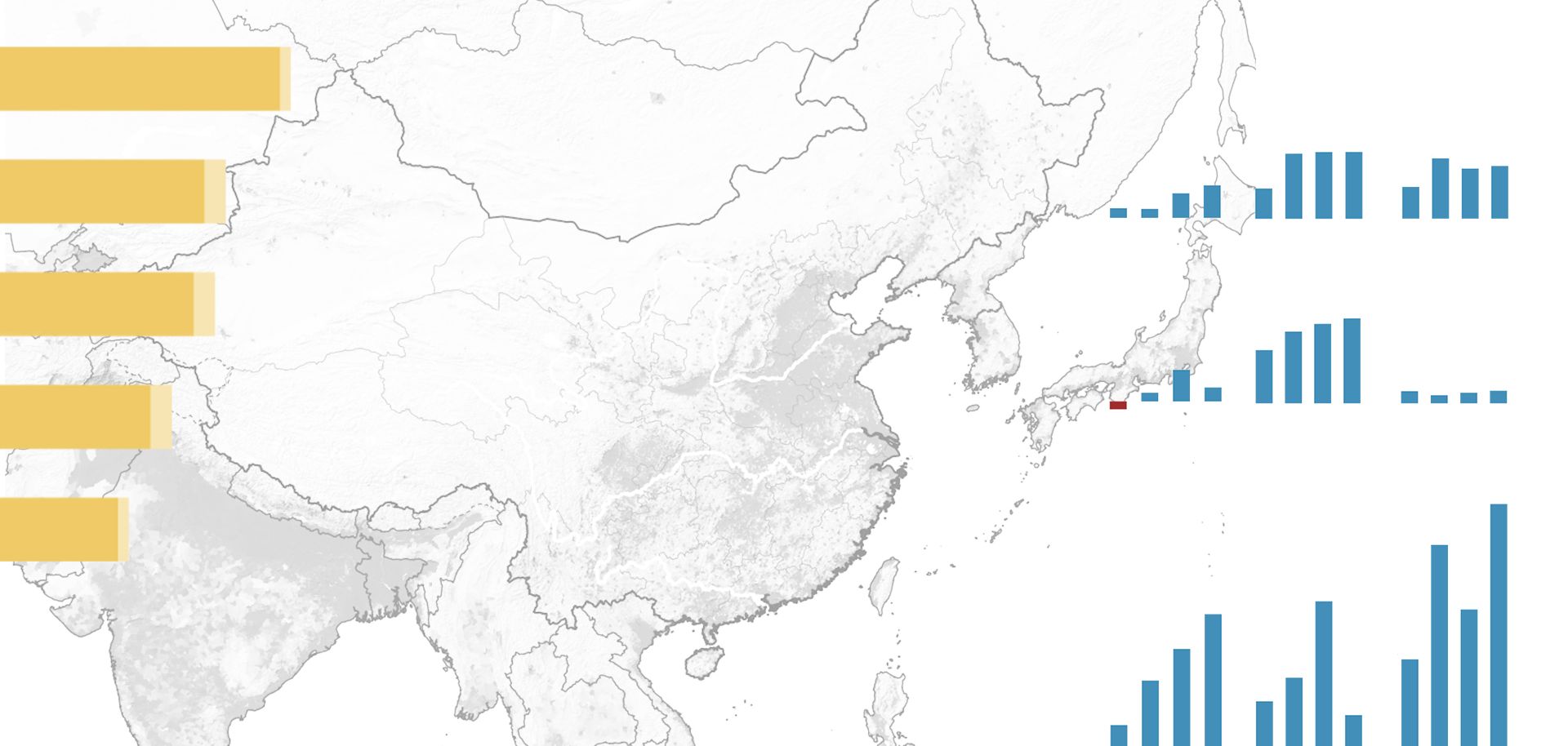
Previously one church, the Eastern Orthodox Church and the Roman Catholic Church split in 1054 when the patriarch of Constantinople was excommunicated from the Catholic Church and theological differences broke the church in two. Heralded as the Great Schism (which is different from the schism between Catholicism and Protestantism), this event would create the separate Eastern (Orthodox) and Western (Catholic) churches. The Eastern Orthodox Church is divided by jurisdiction into regional churches such as the Russian, Romanian, Bulgarian, Greek or Serbian Orthodox churches. Each regional church under the Eastern Orthodox faith has its own patriarch. Starting in the 15th century, when the Ottomans ruled southeastern Europe, the Russian Orthodox Patriarchy in Moscow rose in importance because unlike the other Orthodox churches, it was not under Ottoman rule. The Moscow Patriarchy called itself the "Third Rome," and Russia has since been the largest Orthodox country in the world.
Since Russian President Vladimir Putin came to power, the Russian Orthodox Church has undergone a transformation, consolidating under the Moscow Patriarchy and growing more powerful politically and religiously. While he was working to unite the Russian population in the early 2000s, Putin, who is devoutly Orthodox, used the church to spread pro-Kremlin messages — an effort that continues today. In 2007, the Russian Orthodox Church reunited with the Russian Orthodox Church Outside of Russia after an 80-year break that cut all Russian Orthodox churches not in Russian territory from the Moscow Patriarchy. They reunified so that the Moscow Patriarchy could influence Orthodox parishioners abroad; there are approximately 400,000 such parishioners and 400 churches in places such as the United States and Europe. Russia has also used the church as a bridge in foreign policy between other Orthodox countries. For example, it fortified links in Ukraine and Serbia. The goal of the Kremlin and the church is to have a mechanism to shape the perception of Russia at a time when the political environment in the region is changing.



